In the ever-evolving landscape of digital art, embracing artificial intelligence has become an enticing yet treacherous path. As a music producer, I embarked on an experimental journey, leveraging generative AI (in this case, Midjourney) for my Rituals EP artwork. Little did I know, the road would be riddled with trials and unexpected tribulations.
The initial excitement stemmed from AI’s capacity to generate complete sets of artwork based on prompts. The precision was almost eerie, leading me to coin the term “too good” art. The clean, polished output left me questioning the authenticity of the creative process. It lacked the raw, imperfect beauty that defines true art.
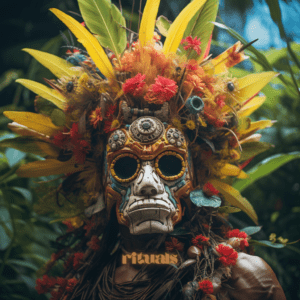
In an attempt to infuse a sense of genuine artistic expression, I pivoted. Rather than relying solely on prompts, I turned to AI to reference images from real artists and their distinctive styles, chief of which was my favourite French Artist, Jean Giraud aka Moebius. This was the turning point where the true essence of art started to emerge. The AI was no longer a mere tool; it became a collaborator in the creative dance.
The struggle of the AI to replicate certain elements forced me to step in and actively contribute to the creative process.
However, the true revelation occurred when the generative AI struggled. It was during these hiccups that the real magic happened. The inability of the AI to replicate certain elements forced me to reconsider its role. Instead of being the primary creator, AI became a facilitator. I employed it to swiftly edit images, replacing commercial logos and manipulating photos artistically.
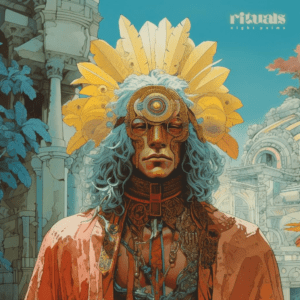
This unanticipated twist uncovered the hidden value of generative AI in the realm of artistic experimentation. It became a catalyst for breaking away from conventions and exploring uncharted territories. The struggle of the AI to replicate certain elements forced me to step in and actively contribute to the creative process.
In essence, art, in any form, is an experiment. The integration of AI into the artistic journey adds an extra layer of complexity, blurring the lines between creator and creation. It’s a delicate dance between man and machine, where the true beauty lies not in the perfection of the output but in the evolution of the process.
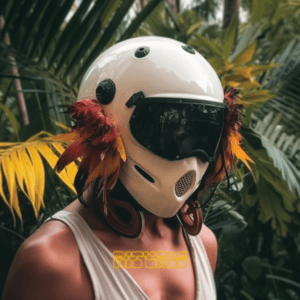
As I reflect on this journey, it becomes clear that the real power of generative AI lies in its ability to aid us in experimentation. It’s a tool that can push us beyond our creative boundaries, encouraging us to explore the unexplored and redefine our understanding of art. So, the next time you engage with generative AI in your creative process, remember, it’s not about creating flawless masterpieces; it’s about the journey of discovery, the beauty in imperfection, and the art of experimenting.
“Co-pilot” tools to speed up the creative process are now available with Adobe Firefly and within Canva pro subscriptions. So rather than getting AI to create the artwork, I ended up using it to create concepts and then relied on co-piloting tools to generate substitutions to various parts of an original photo taken on a recent trip to Bali. With this approach, not only did I create something original, but was able to put it all together from concept to completion way faster than I would manually piecing it all together.
- Cover art concept 1
- Cover art concept 2
- Cover art concept 3 – closer to the Bali helmet inspo
- covert art concept from Bali trip
- Rituals EP artwork
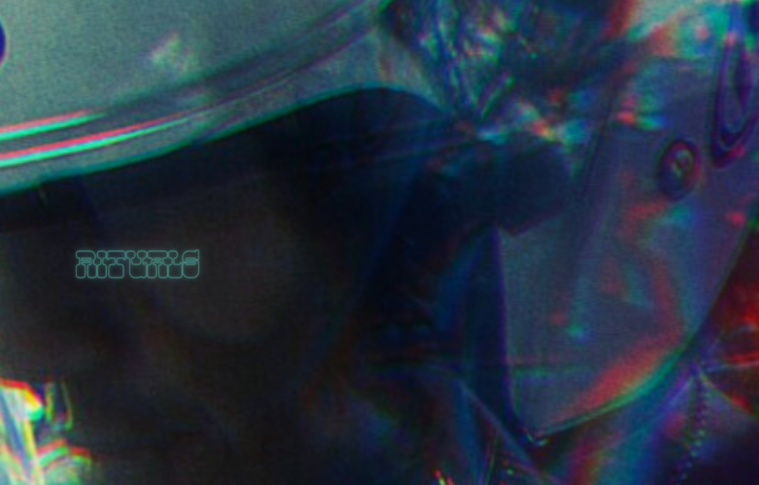
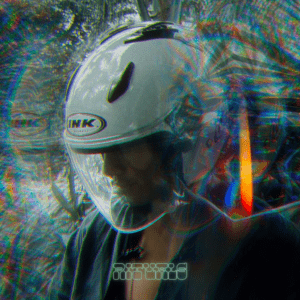
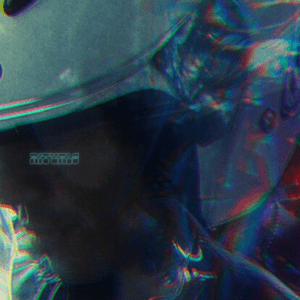
Leave a comment
Login with Discord
Login with Discord